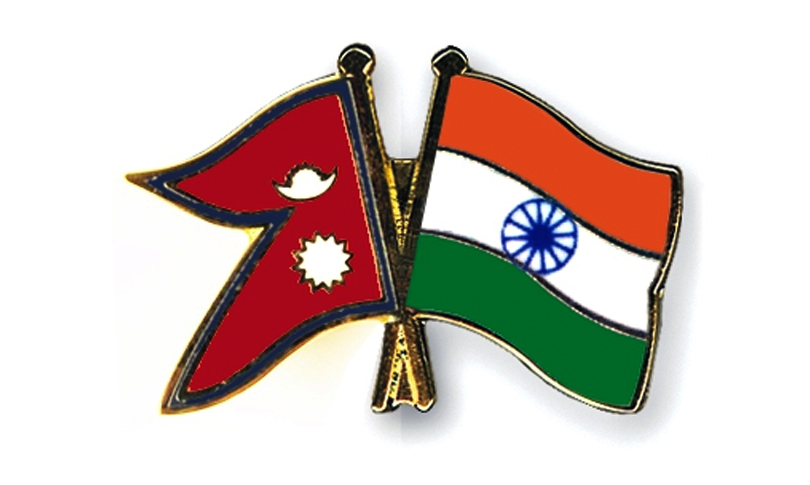India takes concrete steps to fulfill promises to Nepal, strengthening bilateral relations

KATHMANDU: In a noteworthy shift from the past, India is currently making substantial progress in fulfilling its commitments to Nepal, thereby dispelling criticism of unmet promises. Recent years have witnessed a remarkable uptick in the implementation of several vital agreements, according to government officials.
The visit of Nepal’s Prime Minister, Pushpa Kamal Dahal, to India a few months ago marked a turning point in the bilateral relationship. Numerous agreements forged during this visit have now moved from mere promises to tangible actions, diverging from the historical narrative of unfulfilled commitments.
One of the most significant developments in this burgeoning cooperation is the advancement of Nepal-India cross-border electricity trade. During the Prime Minister’s May visit, India reaffirmed its commitment to purchase 10,000 MW of electricity from Nepal over the next decade. Additionally, India has approved the import of an extra 180 MW of electricity, enabling Nepal to export 631 MW to India. This move is further complemented by the establishment of platforms for medium-term and real-time power export markets, alongside the Day-Ahead-Market. Furthermore, India has activated a 132 kV Tanakpur-Mahendranagar transmission line for the export of electricity from Nepal.
The Nepal Electricity Authority (NEA) has confirmed that electricity generated by hydropower plants such as Chilime (a subsidiary of the NEA), Solu Khola, Kabeli B-1, Likhu-4, Lower Modi, Solu-Dudhkoshi, Dordi Khola, Upper Kalanga Gad, and Upper Chamelia can now be exported under revised terms. Of this additional electricity, 110 MW is generated from Solu Khola (Dudh Koshi) and Dordi Khola hydropower projects, transmitted via the Dhalkebar-Muzaffarpur cross-border transmission line. Furthermore, 70 MW generated by Upper Kalanga Gad and Chameliya hydropower projects is supplied through the 132 KV Tanakpur-Mahendranagar transmission lines.
The Nepal-India partnership has been further strengthened since the visit of Nepal’s Prime Minister with the operationalization of the Kurtha-Bijalpura rail link, facilitating greater people-to-people connectivity.
Moreover, this bilateral cooperation has advanced the preservation of cultural heritage. This includes post-2015 earthquake reconstruction efforts, such as the restoration of Shree Napichandra Mahavihar in Lalitpur, the reconstruction of Budhanilkantha Dharamshala in Budhanilkantha Municipality, and the establishment of the India International Centre for Buddhist Culture and Heritage in Lumbini, as reported by the Indian Embassy in Kathmandu.
Officials at the Indian Embassy in Kathmandu have indicated that the construction of various community development projects funded by Indian grants has been expedited.
Noteworthy completed projects include the Himalaya Kiran Public Campus in Khandbari Municipality of Sankhuwasabha district (completed on September 6, 2023), as well as three projects in Sudurpashchim Province, including Tikapur Multiple Campus in Kailali district, Shree Pashupati Shiksha Mandir, and Shree Siddhanath Secondary School in Kanchanpur district (completed on September 17, 2023).
India has been actively engaged in implementing 546 projects aimed at benefiting local communities across various districts in Nepal since 2003. Furthermore, on August 15, 2023, India reconstructed the Shree Bishnudevi Secondary School building in Chandragiri, Kathmandu.
Additionally, on August 4, 2023, a memorandum of understanding was signed for four new Community Development Projects encompassing education, water supply, and sanitation in Darchula, Sankhuwasabha, and Udayapur districts.












Facebook Comment